Composting is a great way to recycle and build a beautiful lush garden. Composting is a natural process that recycles various organic materials (waste) and produces a rich black soil known as ‘humus’ or ‘black gold’. Digging In The Garden
Also, composting is a sustainable way to save money by reducing kitchen waste and landfills.

Composting is a scientific process, and several factors need your attention:
- Temperature
- Size of Materials
- Oxygen
- Heat
- Moisture
Microorganisms are the primary role of the composting process. Aerobic bacteria are the most efficient compost-makers, excreting nitrogen, phosphorus, and magnesium. But anaerobic microorganisms let organic materials ferment and become stinky. No one wants food and garden debris rotting in a corner of their yard. Therefore composting encourages the addition of aerobic bacteria. That is why you have to turn the compost pile(it lets fresh air in).
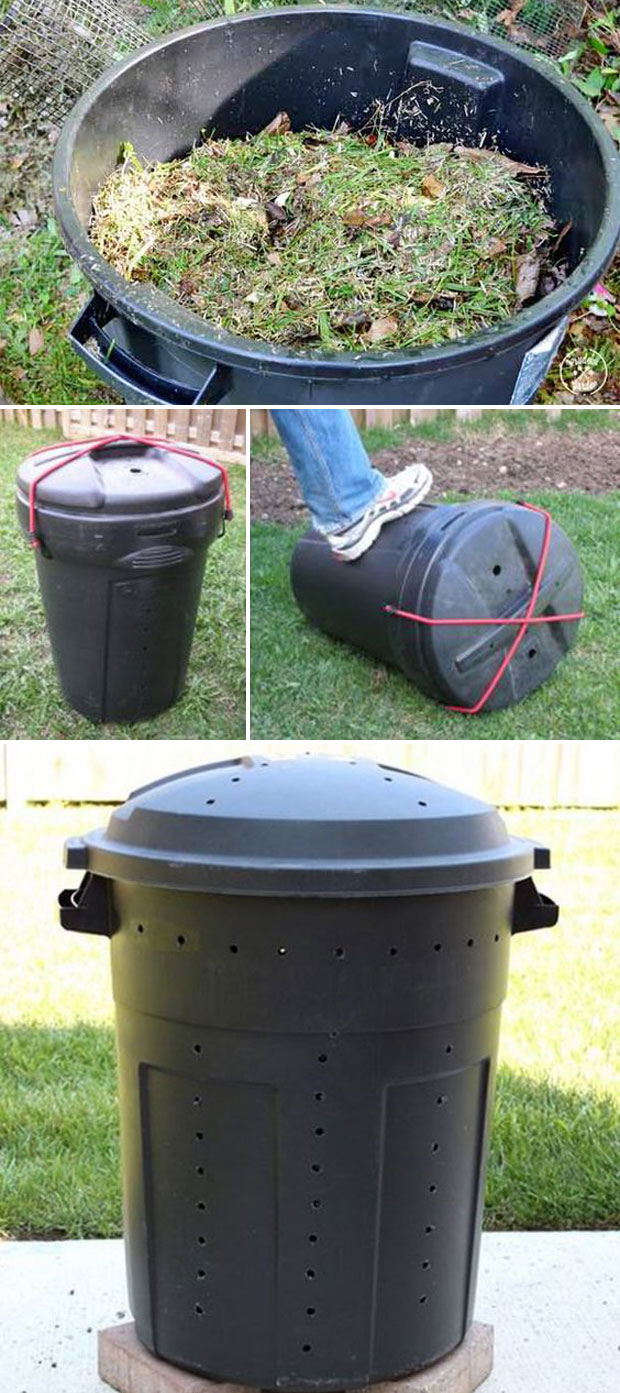
Compost materials can be divided into two categories: carbon suppliers (Brown) and nitrogen suppliers (Green). The best ratio of carbon and nitrogen materials is 30:1. (This ratio is based on the dry weight and can only be approximated in practical applications.).
When you add too much carbon material, the composting process will slow down; Too little carbon, and the compost ferments, gets stinky, and loses its nutrient value.
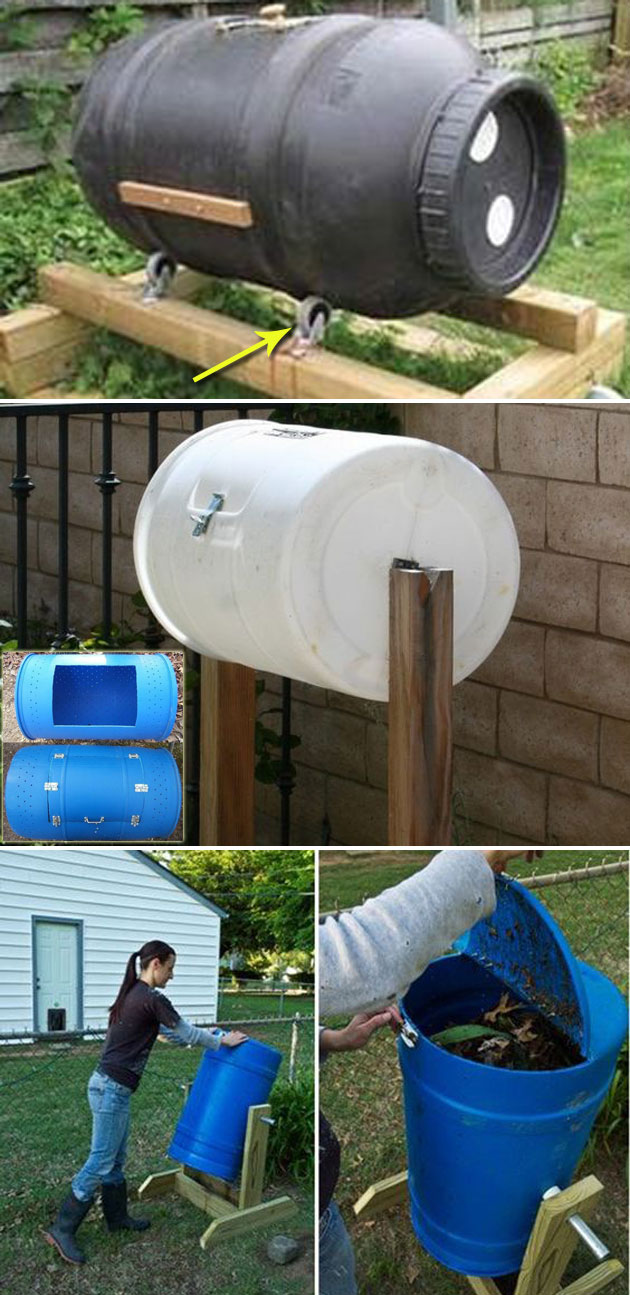
Fast Method:
The best ratio C(30):N(1); 40-60% Moisture; Aeration(Turning the pile 1-2 times a week); Temperature(90-160°F, you can use a compost thermometer).
Slow Method:
Too much carbon and low temperature will slow down the composting process.
Conclusion:
In fact, it is difficult to achieve a ratio of 30: 1. According to the suppliers’ weight, you can add 2 to 3 pounds of Brown per pound of Green.
Carbon Suppliers (Brown): Hay, Straw, Fall leaves, Wood chips, Corn stalks
Nitrogen Suppliers (Green): Egg shells, Fruit scraps, Vegetable scraps, Fresh leaves, coffee grounds

First, choose an area in your garden or yard for your compost pile, then prepare a suitable container. You can repurpose an old bin or make a DIY compost container

Chop the materials into small pieces; the smaller the pieces, the faster the materials can be broken down. When adding materials, always bury kitchen scraps in the center of the pile to accelerate degradation and to block flies and other bugs.
Too dry materials will prevent compost from breaking down. At this time, you need to add water to the compost. If the compost is too wet, you can add sawdust, hay, and other materials to reach the appropriate consistency.

Ideally, you add new materials and turn the pile every 3-4 days. It provides fresh air for aerobic bacteria. The fork is a perfect tool to turn a compost pile.
Tips: Do not add cooked foods, oils, fats, meat, animal bones, pet waste, treated wood, or anything with insecticide exposure.
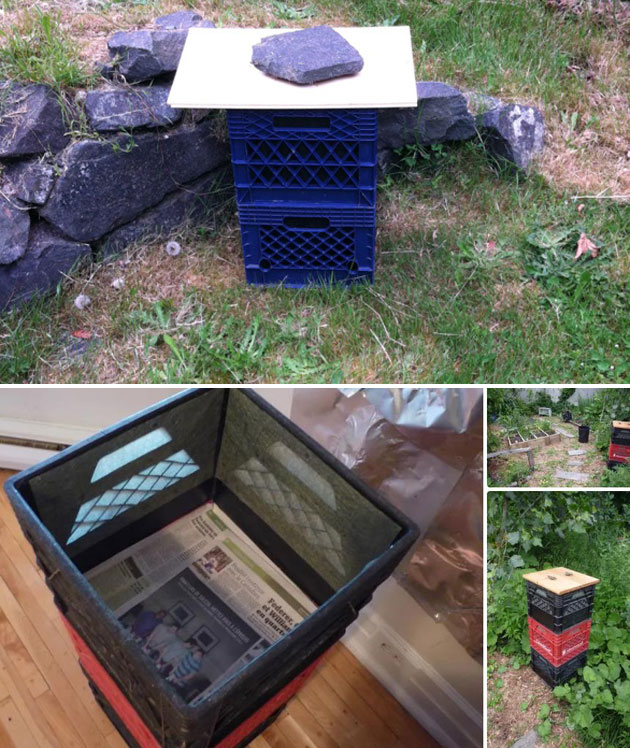
A too wet compost will reduce air flow inside the materials and cause a nasty smell. Because in low oxygen levels, the greens can ferment and become stinky due to the production of acids, hydrogen sulfide, and more. Therefore, during the rainy season, prepare a cover such as plastic cloth or a layer of hay to prevent the compost pile from getting too wet.
Insert a perforated PVC pipe in the center of the pile can greatly improve the flow of air.
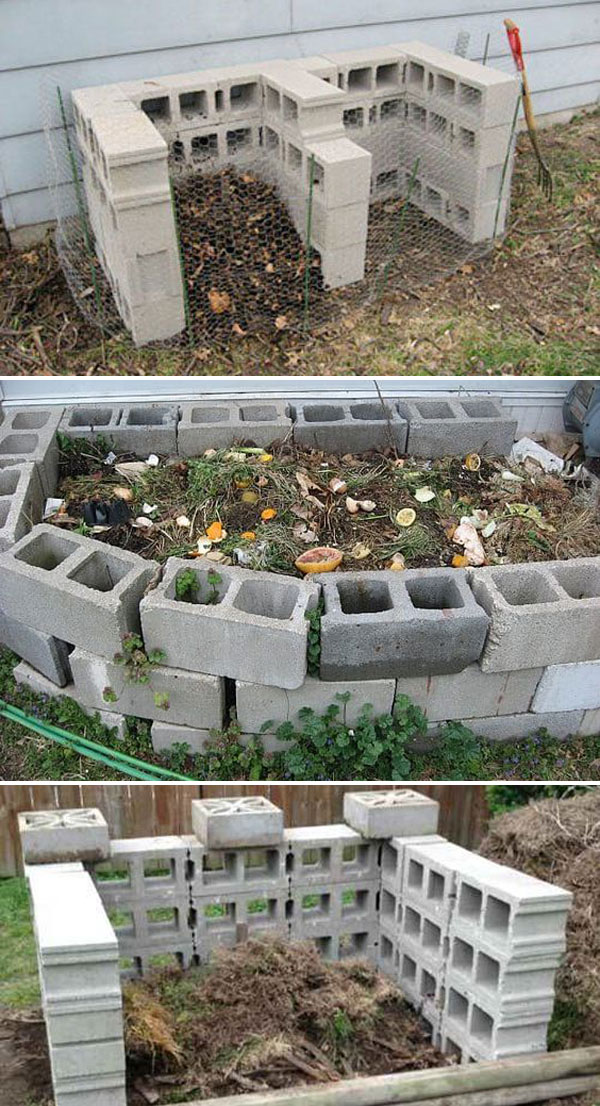
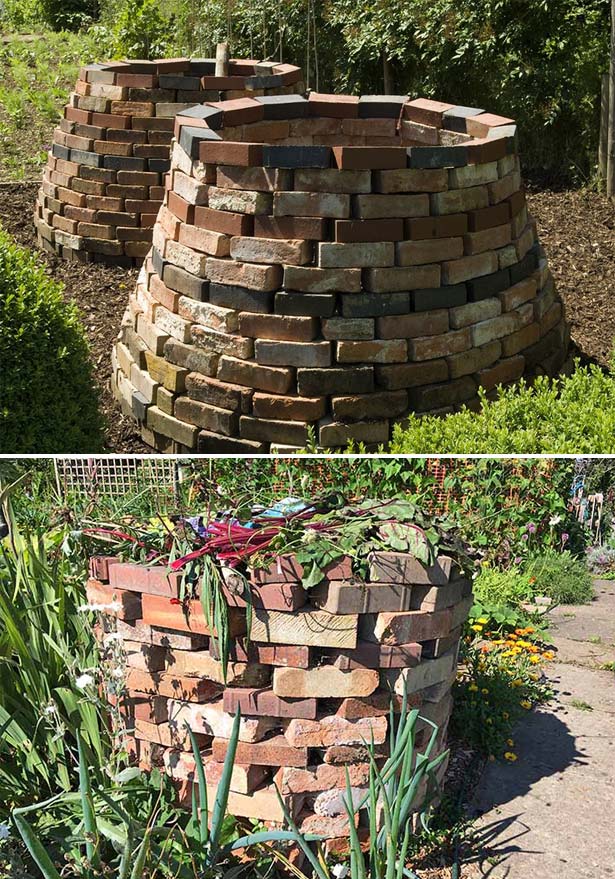
Composting in winter is not different than composting in the summer; it is just slower. In the coldest weather, the process simply stalls and the food scraps freeze. When temperatures rise above freezing, the process resumes. The cold temperatures will lower the pile’s overall temperature, so stop turning the pile during the winter months to lock in as much heat as possible.

When compost is ready for use, it looks, feels, and smells like good, earthy dirt. Then you can use compost to slowly feed your plants over a long period instead of expensive chemical fertilizers.
Compostze-se: Gongolos, Vegetais fast to mesa, Boas Idéias Que Todos Os Países Deveriam Adotar, Favela Orgânica, Minhocário., Um anticorpo de Gaia para o vírus ser humano, Micro hidrelétrica e redemoinhos, Florest Poult, Lixo não existe, Neste Chão Tudo Dá








